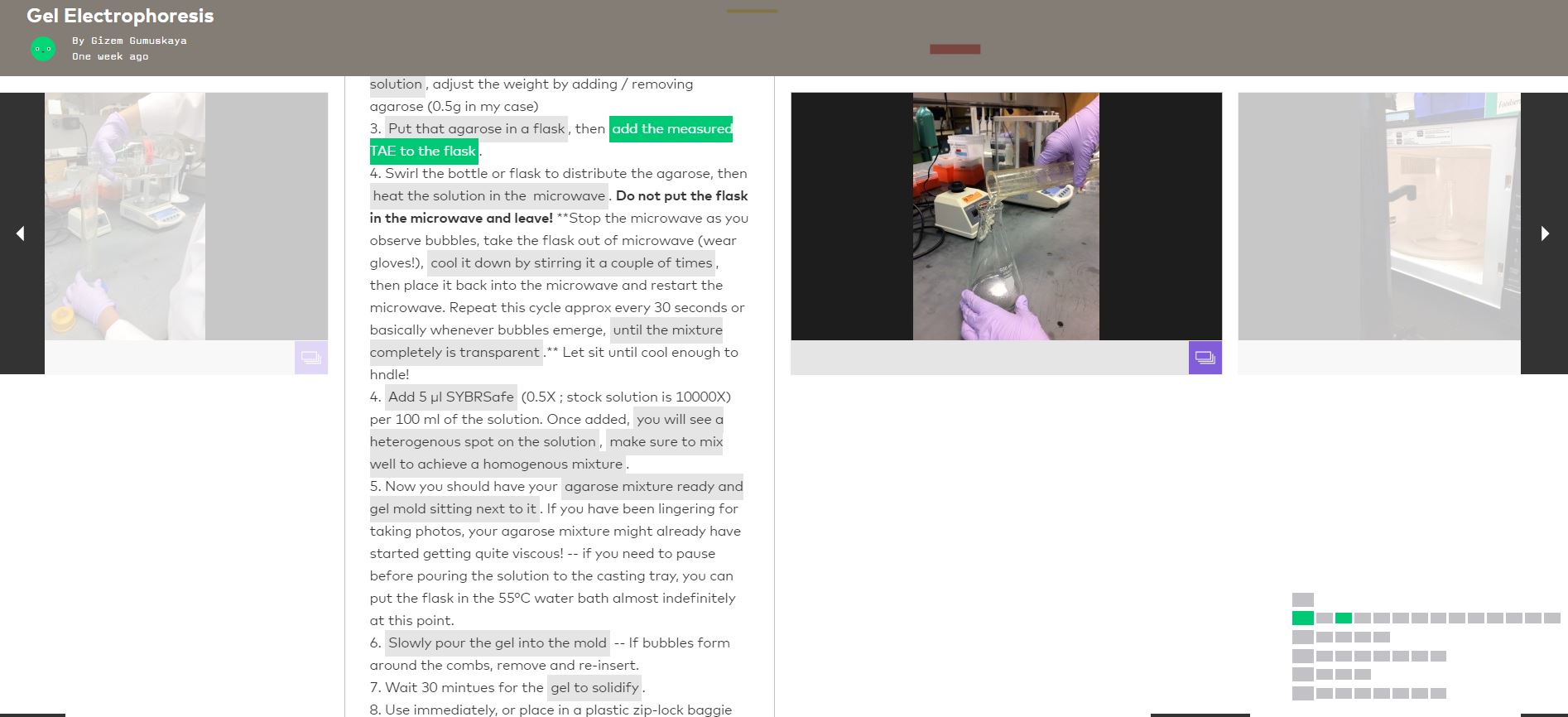Human Practices: Silver
Throughout our iGEM project, we have been intensely focused on increasing accessibility to mammalian synthetic biology. There is huge potential for advancements in medicine by using mammalian synthetic biology for diagnostics and treatments. To advance our goal of making mammalian synthetic biology accessible to future iGEM teams and open source labs, we created a mammalian biology "starter kit" of parts, and an education blog full of synthetic biology protocols so that anyone with an interest in innovating in medicine through synbio can have the resources they need.Mammalian Synthetic Biology Parts Starter Kit
With the development of efficacious gene editing tools and improved practices, mammalian synthetic biology grows more prevalent. While our project is one example of how synthetic biology can be used to diagnose diseases, we hope that more people are able to build off our work, and the work of others to apply synthetic biology to mammalian cells. With more work, we can come up with better, faster, less invasive diagnostics, and if these systems are refined, we could potentially apply the same genetic circuit techniques to the field of treatments.
Hoping to see what amazing work can come from future teams and scientists, we have put together a toolbox of parts to make it easier to start mammalian work.
Our kit is meant to be used with Gateway cloning reactions. Gateway is a recombinase-based cloning method used by the phage λ against e.Coli, and isolated and optimized for for synthetic biology by Invitrogen.

There are two plasmids involved:
From recombination of the L1, L2, R1, and R2 sites, the pEXPR expression plasmid is formed.

.
Currently, the selection tool used for the pDEST is ccdB. However, a patent on it, giving Invitrogen the proprietor of ccdB as a selection tool makes it impossible to distribute to iGEM teams. Because of this, iGEM had to discontinue multiple parts containing ccdB in their registry, and to avoid legal issues:

To allow distribution, we have created a pDEST plasmid that has mCherry fluorescence as a screening tool.

Along with our pDEST, we include several pENTR vectors, with promoters and useful genes that can be combined and put into eColi to grow up before transfection into mammalian systems

Through an LR reaction, the pDEST mCherry combines with the pENTR gene and promotor plasmids. In the process, the mCherry is cut out. When eColi are transformed with the resulting plasmids and plated, the ones containing desired plasmids are white, while unsuccessful colonies fluoresce

Synthetic Biology Protocols for Novices
Doing synthetic biology is hard! Especially if you have never done it before! Therefore, we took it upon ourselves, as a part of our human practices work, to create a lively and explanatory platform for making novices' job a little easier in their first voyages into the magical land of Syn-Bio! Our blog - which can be reached via this link- features the mainstream synthetic biology lab procedures, as broken down in stepwise fashion, with photographs. We used fold.cm, through tumblr.com, in the creation of this blog due to Fold's unique interface that enables one to easily link up sentences with images, hence serve both literary and visual cognition simultaneously.
However iGEM wiki rules doesn't allow content to be hosted outside of 2016.igem.org. Therefore below we include several screenshots in order to give a feel for how the platform works. Each image is hyperlinked with the corresponding page, so feel free to visit the platform and try out our protocols!

↑ The image above is the screenshot of the blog's main page where the all the procedures are listed with an accompanying illustration that describes the essence of that procedure. In order to see a quick explanation of the procedure, one can hover over the little magnifier symbol on the upper right corner of the illustration as shown below:

Then one can click on any of the illustrative icons to get more information about that specific procedure:

↑ The image above is the screenshot of an exemplary inner page that firstly includes a brief description of the procedure, then presents a link (highlighted in yellow) to the Fold page where tutorial resides. The screenshot of the Fold page can be seen below:

↑ This is how the tutorial page looks at first. The instructions can be seen as broken down into various successive steps depending on the protocol content (ie. "materials" as seen in the image).

↑ As one scrolls down, some keywords start appear in green. These are the keywords linked up to an image. As one reads the instructions, s/he can click on these highlighted keywords to see a photograph of their execution.
Below are some images showing different instances of narration:















We also documented our mistakes and included these as possible errors

We hope that this platform will be useful to future iGEMers as well as to anyone who is new in the land of Synthetic Biology!



